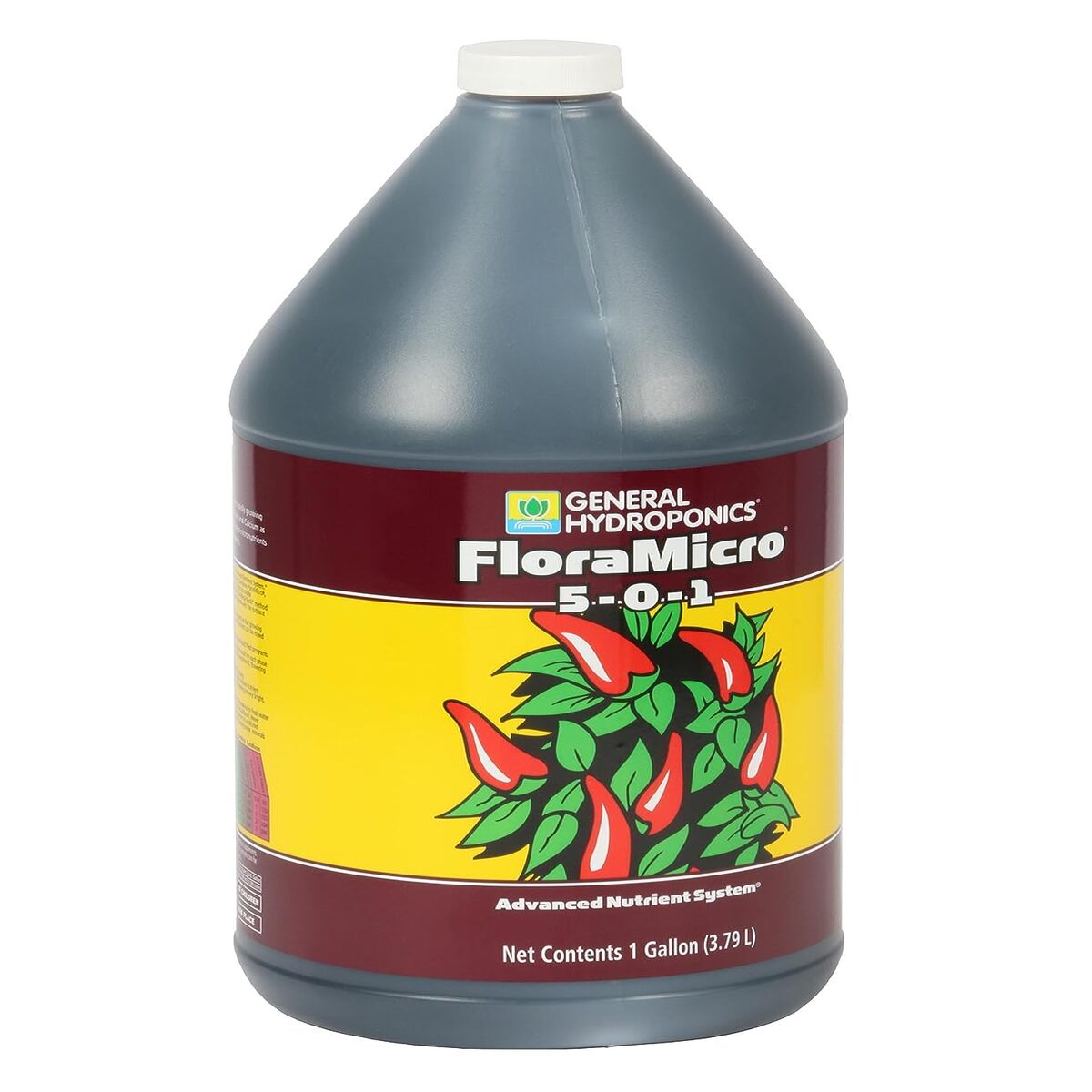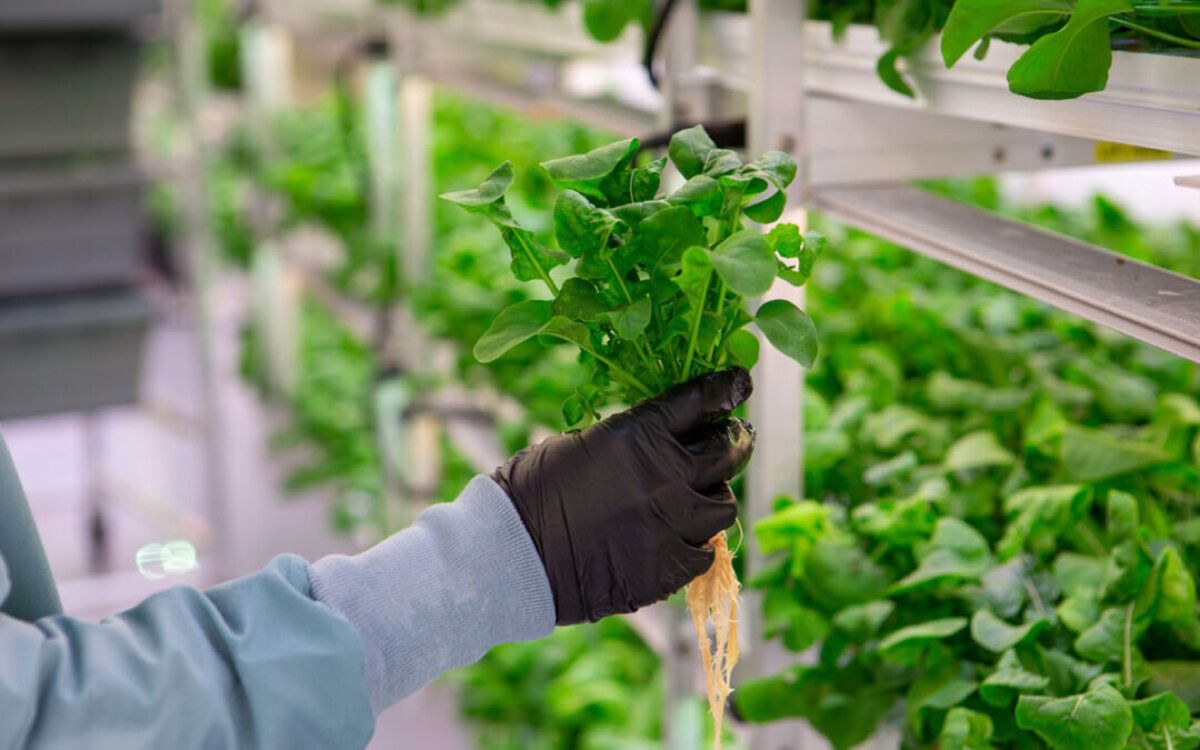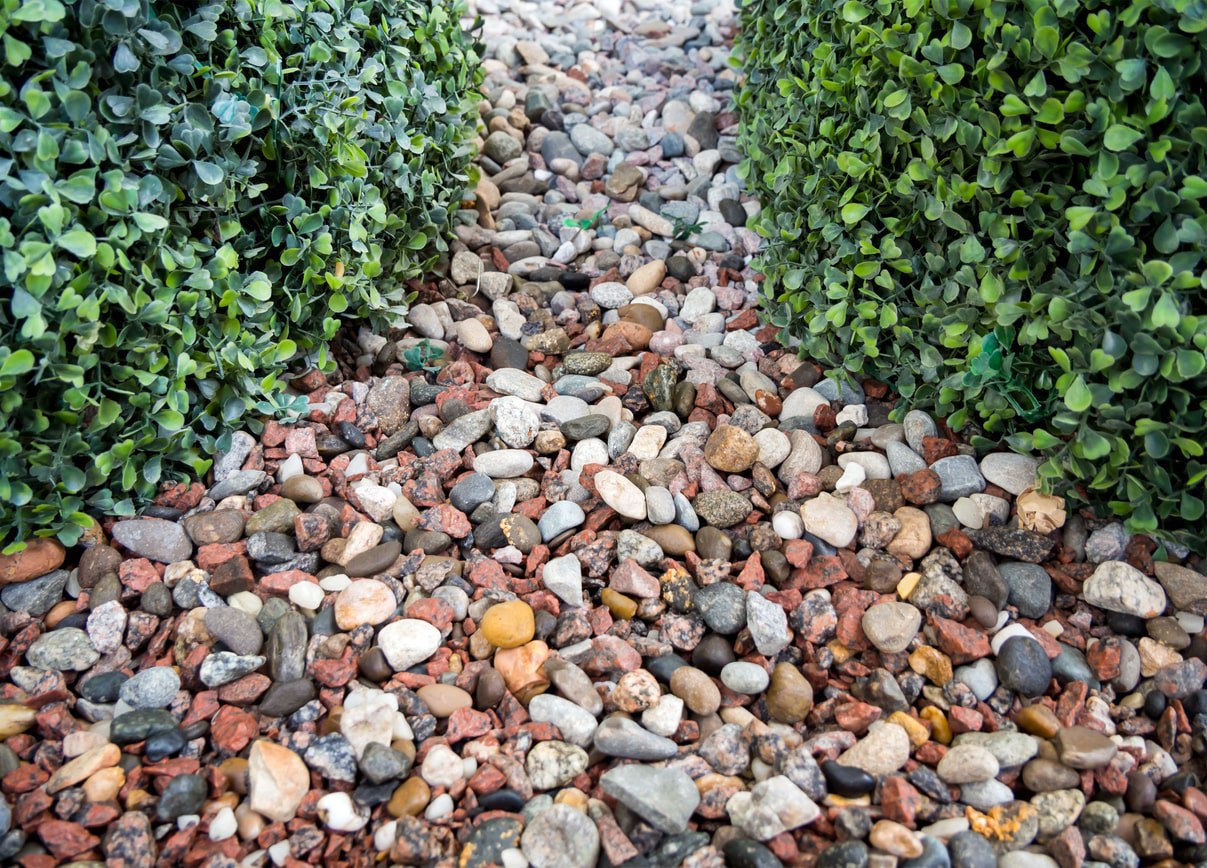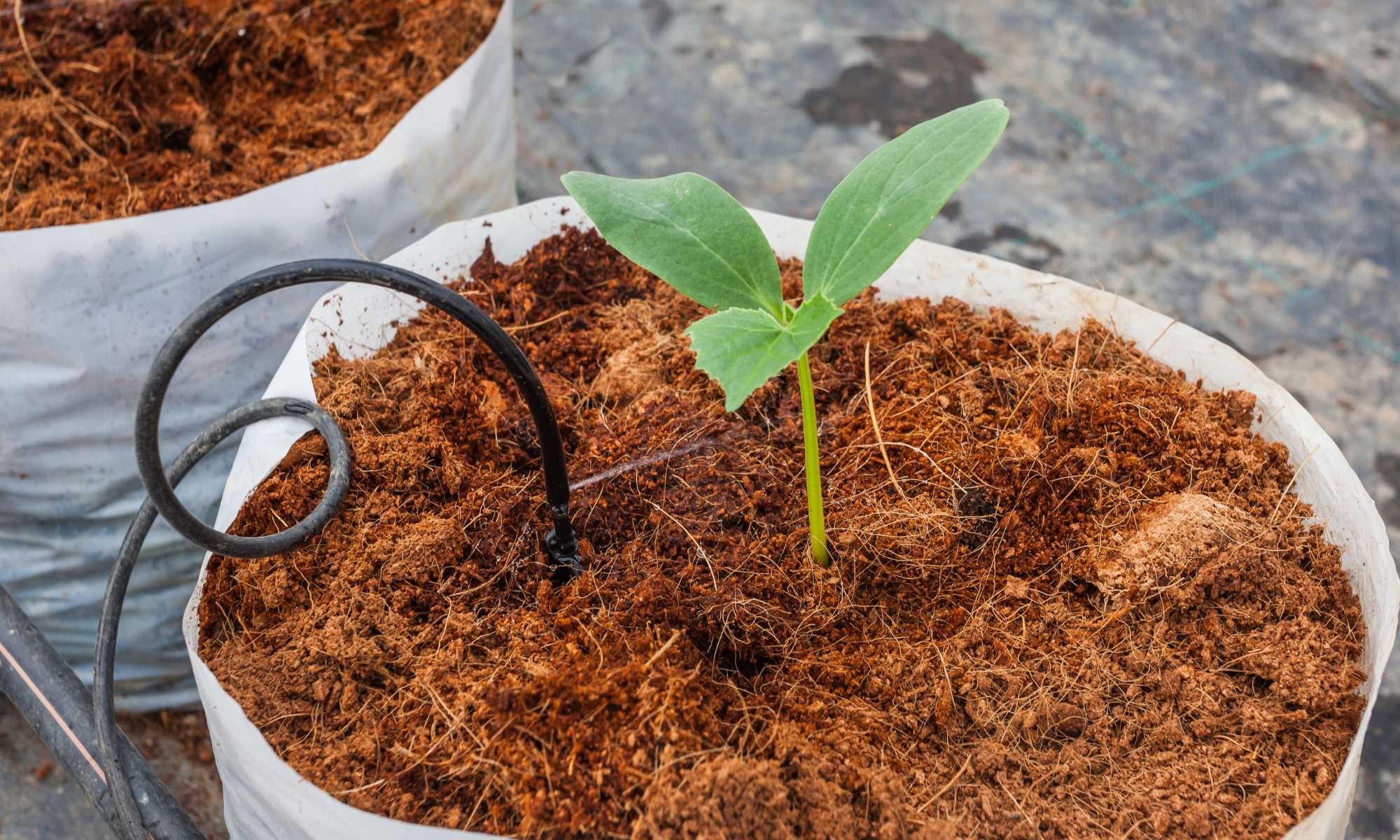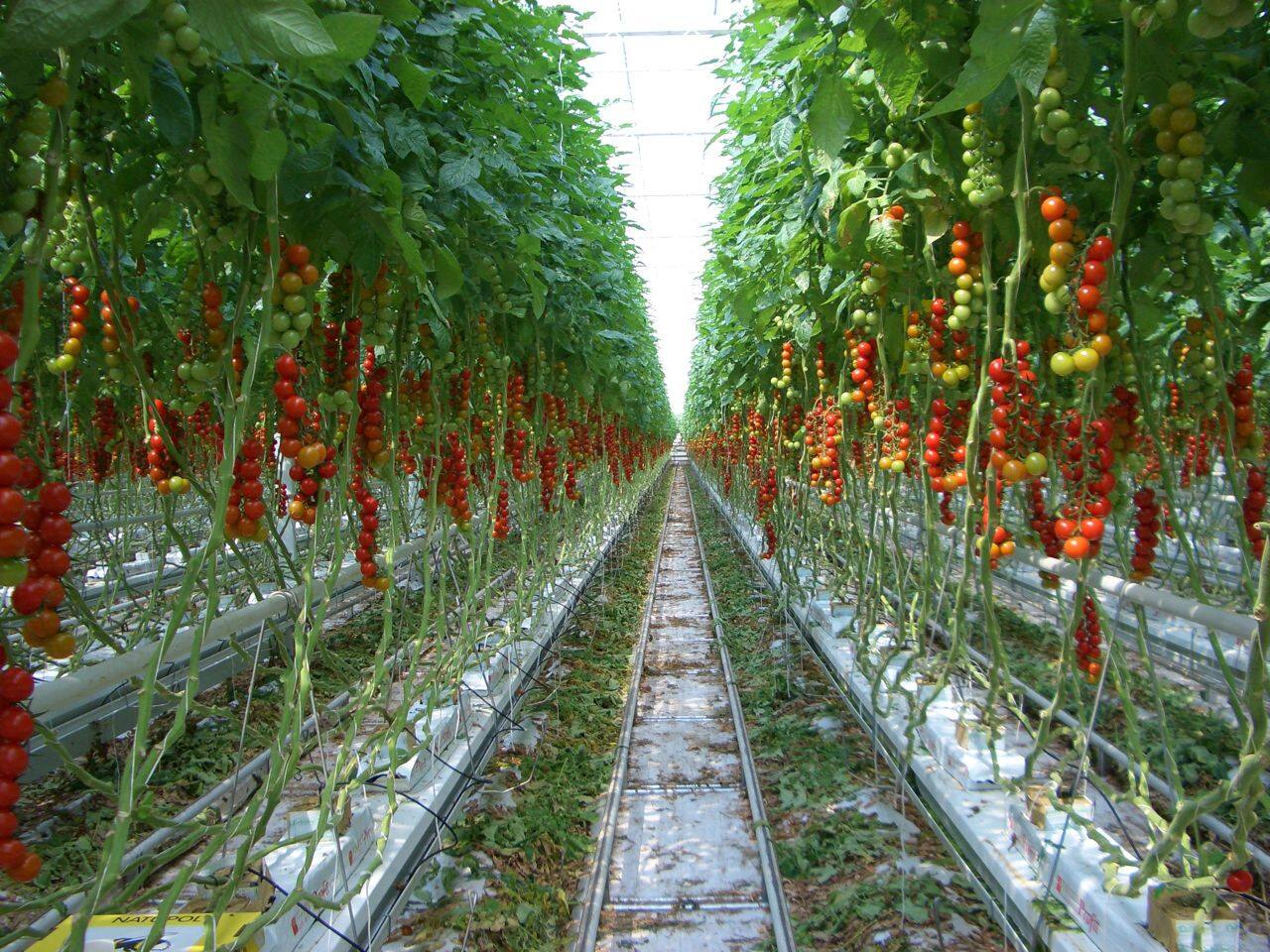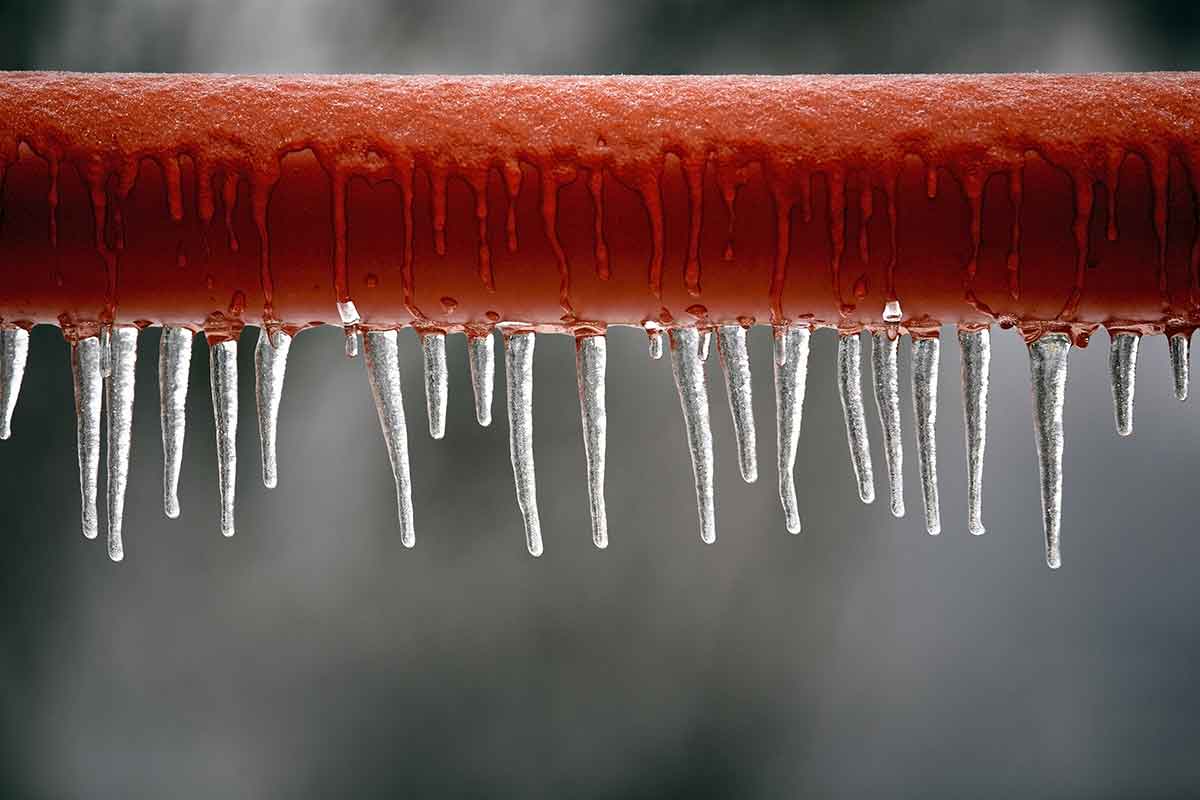Home>Gardening Basics>Getting Started>What Size PVC Pipes To Use For Hydroponics
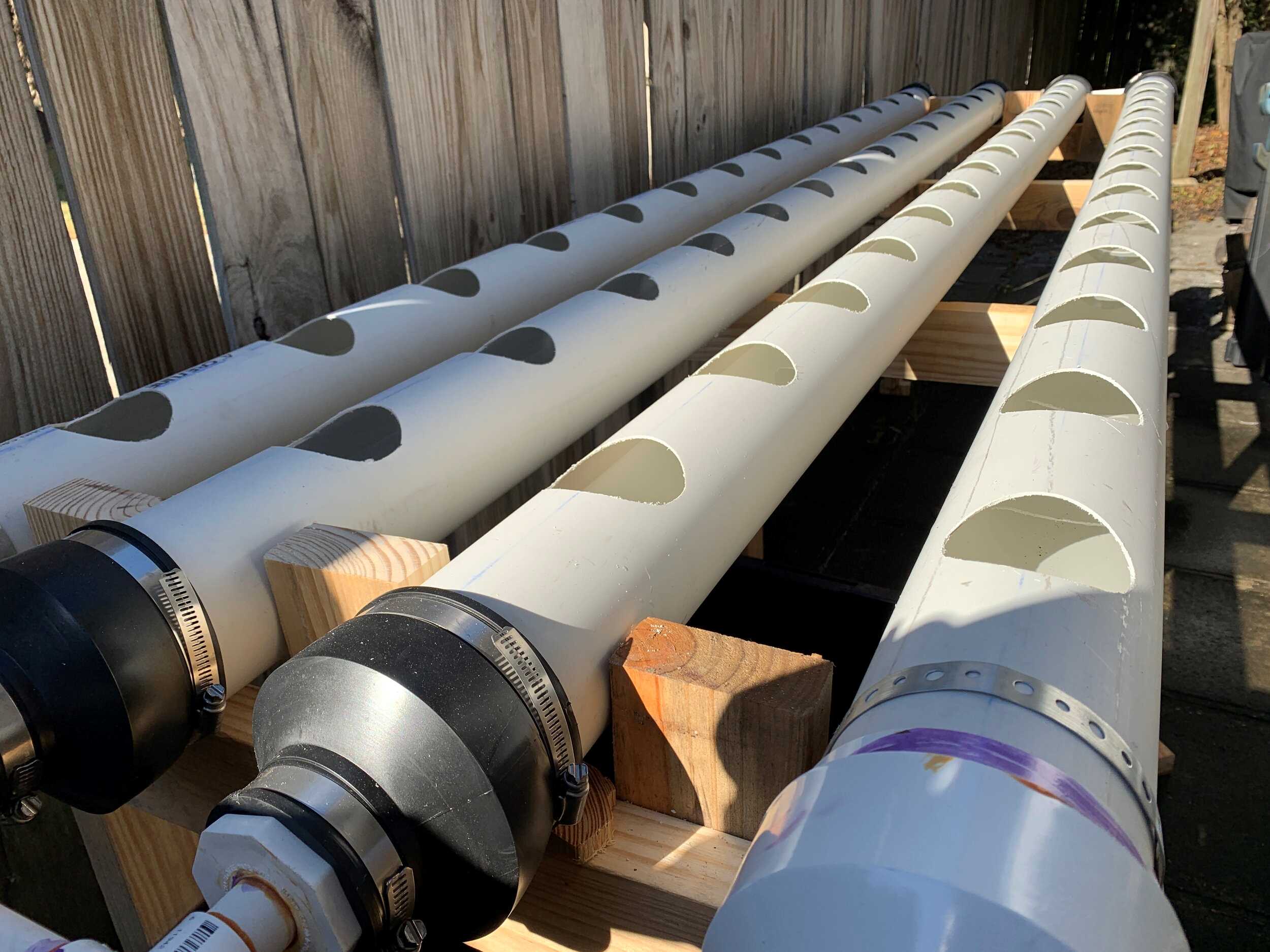

Getting Started
What Size PVC Pipes To Use For Hydroponics
Modified: January 22, 2024
Learn the basics of hydroponics with our guide on getting started. Find out the ideal size of PVC pipes for your hydroponic system and start growing your own plants today!
(Many of the links in this article redirect to a specific reviewed product. Your purchase of these products through affiliate links helps to generate commission for Chicagolandgardening.com, at no extra cost. Learn more)
Table of Contents
- Introduction
- Factors to consider when choosing PVC pipe size for hydroponics
- Common sizes of PVC pipes used in hydroponics
- Choosing the right PVC pipe size for different hydroponic systems
- Benefits of using the correct PVC pipe size for hydroponics
- Potential challenges and considerations when selecting PVC pipe size for hydroponics
- Conclusion
Introduction
Welcome to the world of hydroponics, where plants thrive without the need for soil. Whether you’re a seasoned gardener or a beginner looking to explore new growing techniques, hydroponics offers a fascinating and efficient way to cultivate plants. One essential component of any hydroponic system is PVC pipe, which serves as the backbone of the infrastructure.
Choosing the right size of PVC pipe for your hydroponic setup is crucial for ensuring optimal performance and plant health. In this article, we will explore the factors to consider when selecting PVC pipe size for hydroponics, the common sizes available, and the benefits of using the correct size. Additionally, we will discuss potential challenges and considerations to keep in mind during the selection process.
As you dive into the realm of hydroponics, understanding the importance of PVC pipe size will empower you to create a successful and efficient system that maximizes plant growth and yields. So, let’s delve into the world of PVC pipe sizes and discover how to choose the right one for your hydroponic needs.
Factors to consider when choosing PVC pipe size for hydroponics
When it comes to selecting the appropriate PVC pipe size for your hydroponic system, several important factors should be taken into consideration. These factors will determine the efficiency, functionality, and overall success of your hydroponic setup. Let’s explore the key factors to keep in mind:
- Water flow rate: The rate at which water flows through your hydroponic system is crucial for providing the necessary nutrients to your plants. Choosing the right PVC pipe size will ensure optimal water flow, preventing issues like clogging and inadequate nutrient delivery.
- Growth medium: Different hydroponic systems use various growth mediums, such as expanded clay pellets or rockwool. The size of the PVC pipe should be compatible with your chosen growth medium, allowing for easy circulation and drainage.
- Plant size and spacing: Consider the size and spacing requirements of the plants you plan to grow in your hydroponic system. Larger plants or those with extensive root systems may require larger PVC pipes to accommodate their growth and ensure adequate nutrient and water uptake.
- System complexity: The complexity and size of your hydroponic system will also play a role in determining the appropriate PVC pipe size. Larger systems with multiple components and a higher water flow rate may require larger pipes to handle the increased volume.
- Budget: Consider your budget when selecting the PVC pipe size. Larger pipe sizes can be more expensive, so it’s important to strike a balance between cost and functionality.
By carefully considering these factors, you can choose a PVC pipe size that aligns with the unique requirements of your hydroponic system. Next, let’s explore the common sizes of PVC pipes that are typically used in hydroponics.
Common sizes of PVC pipes used in hydroponics
When it comes to PVC pipe sizes for hydroponics, there are several common options that are widely used in the industry. These sizes are readily available and offer a good balance between functionality and cost. Here are some of the most common sizes:
- 1/2 inch: This is a popular choice for smaller hydroponic systems, such as home or hobby setups. It provides sufficient water flow for smaller plants and is easily accessible at hardware stores. 1/2 inch PVC pipes are cost-effective and ideal for growers who have limited space or are just starting their hydroponic journey.
- 3/4 inch: The 3/4 inch PVC pipe is a versatile option that can cater to a wide range of hydroponic systems. It offers a slightly higher water flow rate than the 1/2 inch pipe, making it suitable for larger plants and systems that require more water circulation. 3/4 inch pipes are commonly used in commercial hydroponics due to their reliability and availability.
- 1 inch: If you have a larger hydroponic system or plan to grow plants with extensive root systems, the 1-inch PVC pipe might be the right choice for you. This size provides ample water flow and allows for efficient delivery of nutrients to plants. While slightly more expensive, 1-inch pipes are great for promoting healthy growth and preventing clogs.
- 2 inch: For hydroponic systems that require a high water flow rate or deal with larger plants, the 2-inch PVC pipe is a suitable option. It can handle substantial volumes of water and nutrients, ensuring plants receive an adequate supply. However, it’s worth noting that 2-inch pipes are larger and may require more space and additional fittings.
These sizes represent the most commonly used PVC pipes in hydroponics, but it’s essential to assess your specific needs and determine the size that best suits your system and plants. Consulting with hydroponic experts or fellow growers can also provide valuable insights into the optimal pipe size for your setup. Now that we know the common sizes, let’s move on to understanding the importance of choosing the right PVC pipe size for different hydroponic systems.
Choosing the right PVC pipe size for different hydroponic systems
Each hydroponic system has unique requirements, and selecting the appropriate PVC pipe size is essential for optimal performance and plant growth. Let’s explore how to choose the right PVC pipe size for different types of hydroponic systems:
- Drip irrigation systems: Drip systems deliver a controlled amount of nutrient solution directly to the plant roots. For smaller-scale drip systems, like those used in home gardens, 1/2 inch or 3/4 inch PVC pipes are usually sufficient. Larger commercial drip systems may require 1 inch or 2 inch pipes to accommodate the increased flow rate.
- NFT (Nutrient Film Technique) systems: NFT systems rely on a thin film of nutrient solution flowing over the plant roots. Due to the low water depth, 1/2 inch or 3/4 inch PVC pipes are commonly used in NFT systems. These smaller pipe sizes can provide adequate flow while maintaining the desired film thickness.
- Flood and drain systems: In flood and drain systems, the nutrient solution periodically floods the growing tray and then drains away. A drainage pipe with a larger diameter, such as 3/4 inch or 1 inch, is typically used to ensure efficient drainage. The fill pipe can be the same size or slightly smaller to allow for controlled flooding.
- Aeroponic systems: Aeroponic systems suspend plant roots in the air and mist them with a nutrient solution. The misting process requires smaller pipe sizes, often ranging from 1/4 inch to 1/2 inch, depending on the scale of the system. These smaller pipes facilitate fine misting and ensure consistent delivery of nutrients to the roots.
It’s important to consider the specific needs of your chosen hydroponic system and match them with the appropriate PVC pipe size. Remember, the pipe size affects water flow, nutrient delivery, and overall system efficiency. Taking the time to select the right size will contribute to healthy plant growth and prevent issues such as clogging or uneven distribution of nutrients.
Keep in mind that these are general guidelines, and the size requirement may vary depending on the scale and complexity of your hydroponic setup. Consulting resources, such as hydroponic guides or experienced growers, can provide valuable insights and help you make an informed decision.
Now that we’ve explored how to choose the right PVC pipe size for different hydroponic systems, let’s discuss the benefits of using the correct size.
Benefits of using the correct PVC pipe size for hydroponics
Using the correct PVC pipe size in your hydroponic system offers several key benefits that directly impact the health and productivity of your plants. Here are some advantages of choosing the appropriate pipe size:
- Optimal water flow: The correct PVC pipe size ensures the proper water flow rate throughout your hydroponic system. This is crucial for delivering the necessary nutrients and water to your plants’ roots. Inadequate water flow can lead to nutrient deficiencies, stunted growth, and plant stress.
- Prevents clogging: Using the right pipe size helps prevent clogs and blockages in your hydroponic system. Larger pipe sizes allow for better movement of water and nutrient solutions, reducing the risk of sediment buildup or clogging. This promotes consistent delivery of nutrients to plants, minimizing the chances of nutrient imbalances or blockages that can harm your plant’s health.
- Enhanced nutrient absorption: When the water flow is optimized through the correct PVC pipe size, plants can absorb nutrients more efficiently. This leads to healthier and more vigorous growth. Proper nutrient absorption ensures that your plants receive the necessary elements for photosynthesis, development, and fruit production.
- Improved plant health: By providing a well-regulated water flow and nutrient delivery system, the correct PVC pipe size contributes to overall plant health. When plants receive the right amount of water and nutrients in a timely manner, they are better equipped to resist diseases, pests, and environmental stressors.
- Efficient use of resources: Choosing the appropriate PVC pipe size helps optimize the use of water and nutrients in your hydroponic system. By ensuring that the water flow is optimized and free from obstructions, you can minimize wastage and maximize the efficiency of your resource utilization. This is not only beneficial for your plants but also for the sustainability of your hydroponic operation.
By using the correct PVC pipe size, you can create an efficient and reliable hydroponic system that promotes healthy plant growth and maximizes yields. It’s important to carefully assess your specific requirements and select the pipe size that best suits your needs. Consulting with hydroponic experts or experienced growers can also provide valuable insights and recommendations.
Now that we’ve explored the benefits of using the correct PVC pipe size, let’s discuss some of the potential challenges and considerations when selecting the pipe size for hydroponics.
Potential challenges and considerations when selecting PVC pipe size for hydroponics
While choosing the right PVC pipe size for your hydroponic system comes with numerous benefits, there are some potential challenges and considerations that you should keep in mind:
- Space limitations: Larger PVC pipe sizes require more space in your hydroponic setup. Consider the available space in your grow area and ensure that you have enough room to accommodate the chosen pipe size without causing overcrowding or hindering other components of your system.
- Cost implications: Larger PVC pipe sizes tend to be more expensive than smaller sizes. Take your budget into consideration and strike a balance between cost and functionality. It’s important to ensure that the chosen pipe size aligns with your needs and does not put unnecessary strain on your finances.
- Compatibility with fittings: Different pipe sizes require specific fittings and connectors. Ensure that the fittings you need are readily available and compatible with the chosen PVC pipe size. This will make the assembly and maintenance of your hydroponic system more convenient.
- System scalability: If you plan to expand your hydroponic system in the future, consider the scalability of the chosen PVC pipe size. Opting for a pipe size that allows for future expansion will save you the hassle of having to upgrade or retrofit your system down the line.
- Flow rate adjustments: Different hydroponic plants and stages of growth may require varying water flow rates. Consider the flexibility of adjusting the flow rate in your chosen pipe size. Using valves or control mechanisms can allow you to fine-tune the water flow to suit the needs of your plants.
- Support structure: Larger PVC pipe sizes can be heavier and require a more robust support structure. Ensure that your hydroponic system can handle the weight and pressure exerted by the chosen pipe size. This will prevent any structural issues and ensure the stability and longevity of your setup.
By taking these potential challenges and considerations into account, you can make an informed decision when selecting the PVC pipe size for your hydroponic system. Assessing your specific needs, available resources, and future plans will help you choose a pipe size that optimizes performance and minimizes any potential issues that may arise.
Now that we have explored the challenges and considerations, let’s conclude this article with a summary of the important points we have covered.
Conclusion
Choosing the right PVC pipe size is a crucial step in setting up a successful hydroponic system. By considering factors such as water flow rate, growth medium, plant size, system complexity, and budget, you can select the ideal PVC pipe size for your specific needs.
In this article, we explored the common sizes of PVC pipes used in hydroponics, such as 1/2 inch, 3/4 inch, 1 inch, and 2 inch, and discussed their suitability for various hydroponic systems. We highlighted the benefits of using the correct PVC pipe size, including optimal water flow, prevention of clogging, enhanced nutrient absorption, improved plant health, and efficient resource utilization.
However, there are also potential challenges and considerations to keep in mind when selecting the pipe size, such as space limitations, cost implications, compatibility with fittings, system scalability, flow rate adjustments, and support structure requirements. These factors should be taken into account to ensure a seamless and effective hydroponic setup.
By carefully evaluating these factors and consulting with hydroponic experts or experienced growers, you can make an informed decision that aligns with your specific requirements and resources. Remember, the right PVC pipe size will facilitate the proper delivery of water and nutrients to your plants, ultimately leading to healthy growth and bountiful harvests.
So, as you embark on your hydroponic journey, remember the importance of choosing the correct PVC pipe size and enjoy the benefits it brings to your plants and your overall hydroponic system.
